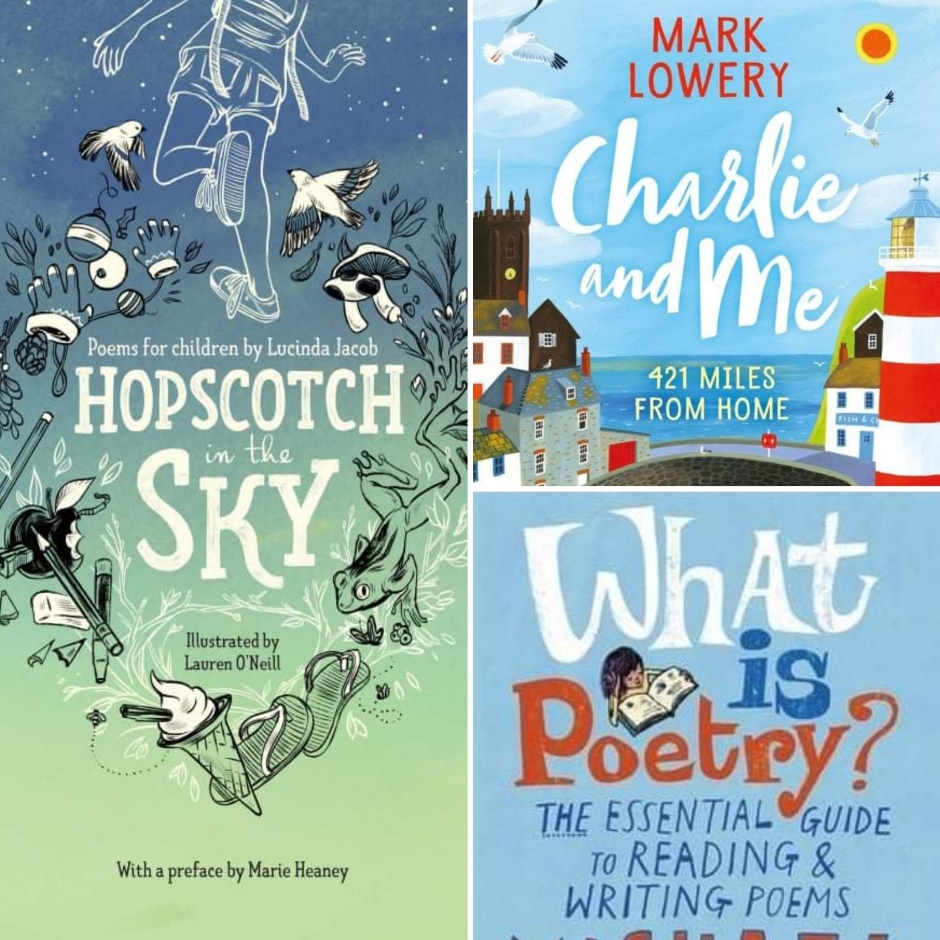
Poetry is an integral part of a young person’s life. They incorporate it in a multitude of ways that enrich their everyday experiences. Poems exist for a child in the form of the nursery songs you sing to them, the rhymes they learn alongside intricate handshakes in the school yard, and in the lyrics of the songs and verse they write themselves. If a child in your life is interested in embracing their relationship with poetry, here are three excellent books that include poetry in different ways.
The first is Hopscotch in the Sky by Lucinda Jacob and illustrated by Lauren O’Neill. Created by Irish writers, artists and publishers, this is a real gem in the world of poetry for children. It is a very straightforward collection of poems that feature stories and experiences relevant to kids; from the mermaids hidden in the Dun Laoghaire piers, to the mouse-ghost scuttling through the pipes in the school bathroom, to a fun play on words with rolling proverbs that they’ll recognise instantly. What is special about this collection is the beautiful craftsmanship behind it. Each poem is carefully selected and placed to reflect the different stages of the year. The gradual shift between themes and seasons is beautifully illustrated by O’Neill’s artwork, as it transitions from greens to yellows to oranges to reds to purples to blues. This is a unique book of poetry, perfect for any young poetry lover to dip in and out of, again and again.
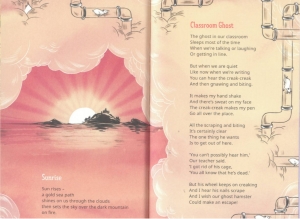
The second on this list takes a more unusual approach to poetry for young readers. Charlie and Me: 421 Miles from Home by Mark Lowery is a novel about two brothers who run away from home to visit a dolphin they love at the Cornish seaside. Charlie is an energetic young boy with health and learning difficulties, and is the younger brother of Martin, who leads the journey to the sea with unwavering determination. Martin documents the stages of their adventure through a series of poems in his journal. Each chapter opens with a poem he has written, which gives the reader an insight into his emotional state, something which isn’t always outwardly expressed in the prose. It’s a great opportunity for the reader to engage with a new form of writing that creatively supports the narrative in this powerful and admittedly very sad tale. Lastly: What is Poetry? The Essential Guide to Reading & Writing Poems by Michael Rosen. Of course, I had to include Rosen, one of the most renowned children’s poets, in some capacity. This non-fiction handbook is perfect for any child who is itching to start writing poems of their own. Filled with samples of poems, short explanations of the importance of poetry, lessons on the types of poetry you can create, and tips and tricks for writing your own poems; this book has it all. But its real joy is in the encouragement Rosen gives to the young reader; anyone can write poetry, he says. Accessible for children, this book is also a source of great inspiration for all ages.



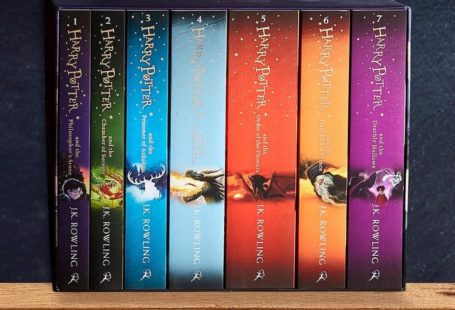
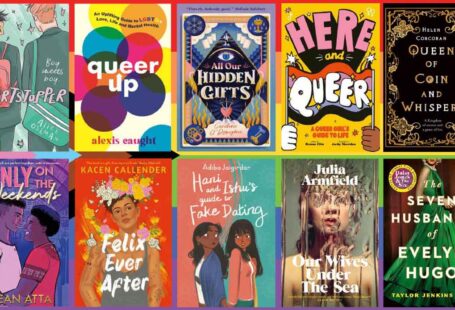
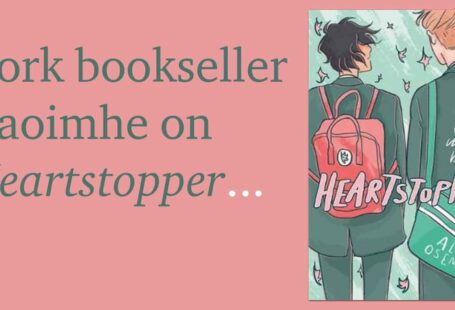
Recent Comments